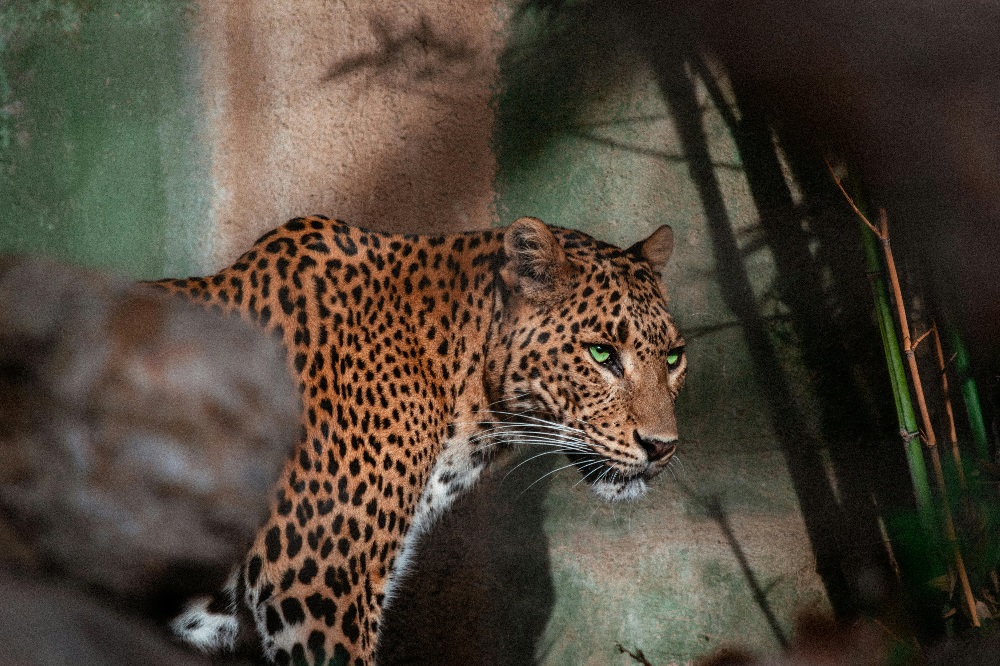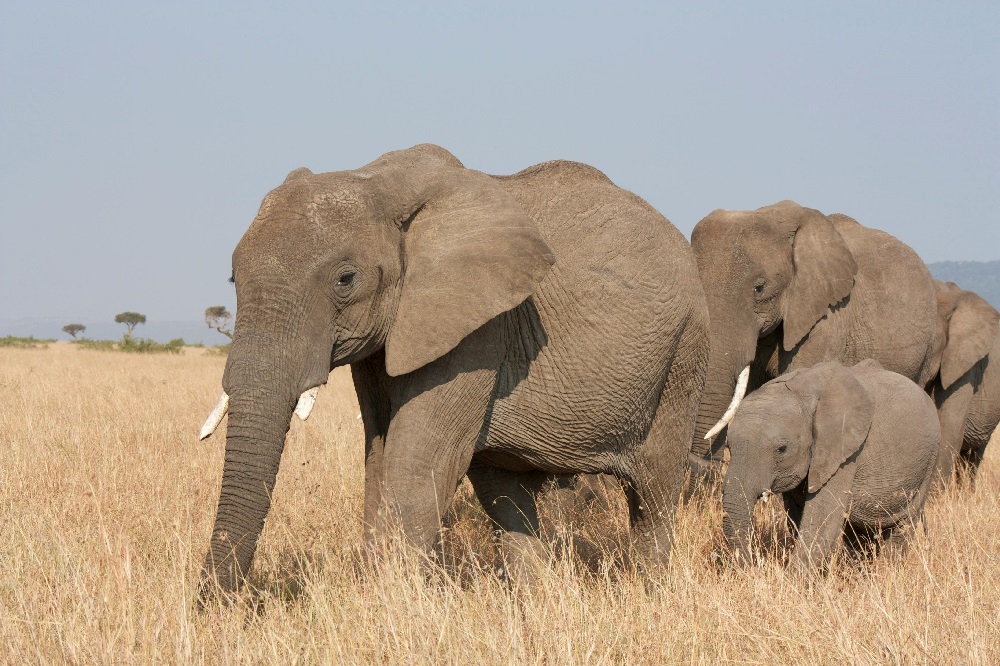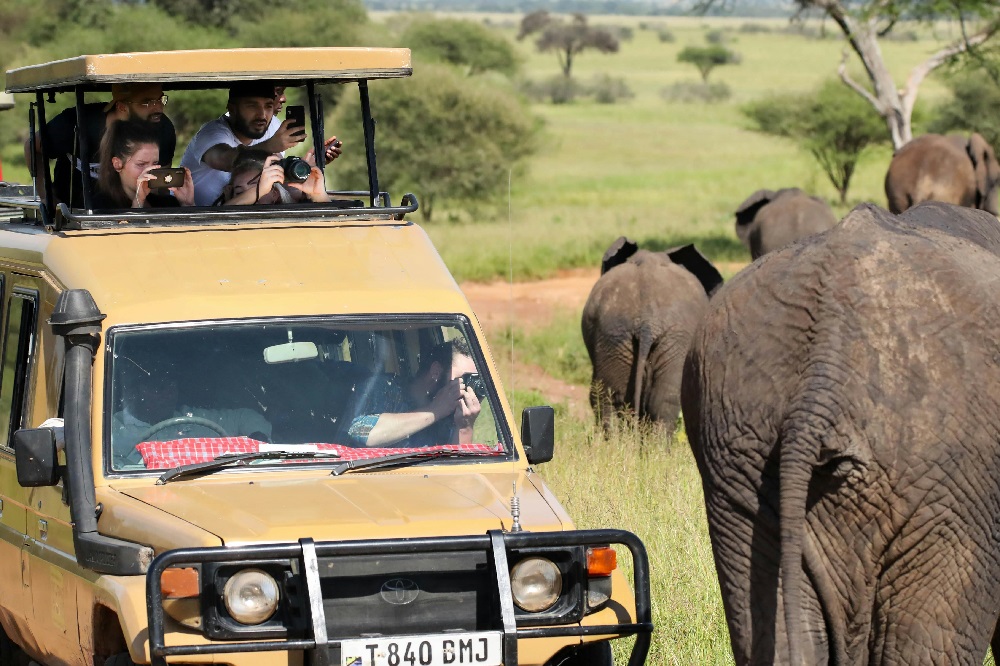A safari in Africa is one of the most exciting journeys in the world. Among all safari destinations, Kenya and Tanzania stand out as leaders because they hold the Serengeti, the Masai Mara, Amboseli, Ngorongoro, Tarangire, and many more world-class parks. Many travelers ask how much a safari really costs, especially a 10-day adventure in Kenya or Tanzania. Prices may look high at first, but when you understand what is included—lodges, food, guides, park fees, and transport—it begins to make sense. In this guide, we will explore in simple English the real cost of a safari, why it seems expensive, how it changes by season, and which country offers better value. Each section answers a clear question so you can plan with confidence.
How much is a 10-day safari in Tanzania?
A 10-day safari in Tanzania can range widely depending on your style of travel. On the budget end, a camping safari with simple tents, shared bathrooms, and a cook may cost about 2,500 to 3,000 US dollars per person. This price includes park fees, meals, transport in a shared vehicle, and guiding. A mid-range safari, which is most popular with visitors, usually costs between 3,500 and 6,000 US dollars per person for 10 days. In this option, you sleep in comfortable tented camps or lodges with private bathrooms, proper beds, and hot meals. For travelers who prefer luxury, a 10-day safari can cost between 7,000 and 12,000 US dollars per person or even more. This higher price includes premium lodges, fly-in transfers, and special experiences like hot-air balloon rides.
Tanzania safaris often feel more expensive than some other destinations because of park fees. Each national park charges a daily fee, which can be 70 to 100 US dollars per person per day in famous areas like the Serengeti and Ngorongoro. If you add vehicle costs, guide wages, fuel for long drives, and food supplies for remote camps, the total climbs quickly. But the experience you get is unmatched. Ten days in Tanzania means you can cover Tarangire with its elephants, Ngorongoro Crater with its dense wildlife, and the Serengeti with its endless plains and big cats. That mix makes a 10-day safari worth every dollar.
Is Tanzania or Kenya better for safari?
This question has no single answer because both countries offer excellent safaris, but the better choice depends on your time and wishes. Tanzania is better if you want vast landscapes and a longer trip that includes the Serengeti and Ngorongoro. The Serengeti is so big that you can spend days exploring without repeating the same ground. The Ngorongoro Crater is a special wonder, where thousands of animals live inside the rim of a collapsed volcano. In ten days, Tanzania allows you to build a smooth loop through these parks, finishing on the white beaches of Zanzibar if you wish.
Kenya is better if you want a shorter, high-impact safari or if you have less than a week. From Nairobi, you can fly to the Masai Mara in less than an hour and start your first game drive the same day. Kenya also has private conservancies around the Mara where only a few vehicles are allowed, which makes sightings feel calm and personal. Amboseli adds the magic of seeing elephants with Mount Kilimanjaro in the background. If your dream is a short safari with easy logistics, Kenya may be better. If your dream is a long, sweeping safari with big spaces and variety, Tanzania wins.
Which safari is best in Africa?
When people ask which safari is best in Africa, the answer depends on what they hope to see. Kenya and Tanzania together form one giant ecosystem that holds the Great Migration, one of the greatest wildlife events on Earth. More than a million wildebeest and hundreds of thousands of zebras move in a circle following the rains and the grass. If you want to see calving season with newborn wildebeest in February, the southern Serengeti in Tanzania is best. If you want to see river crossings where wildebeest leap into crocodile-filled waters, the northern Serengeti and the Masai Mara between July and October are best.
Other African countries also offer great safaris. Botswana’s Okavango Delta is known for water-based safaris with mokoro canoes. South Africa’s Kruger Park allows self-drive safaris with good infrastructure. Uganda and Rwanda are famous for mountain gorilla trekking. But for classic big-game drives with lions, elephants, giraffes, and endless plains, Kenya and Tanzania rank at the top. Many travelers say the Serengeti and the Masai Mara together form the best safari in Africa.
Why is Kenya safari so expensive?
Kenya safaris often surprise travelers with high prices. The reason is not just luxury branding but real costs. First, park entry fees are high, especially in the Masai Mara where daily fees are about 80 to 100 US dollars per person. Second, lodges are often located in remote areas that require fuel trucks, supply flights, or long road trips to deliver food, water, and staff. This makes operations costly. Third, many lodges are small with only 10 to 20 tents or rooms, so they must charge more per guest to cover expenses. Fourth, part of the cost goes into conservation and community programs. When you pay for a Kenya safari, you help protect wildlife and support local people.
Another factor is the value of exclusivity. In Kenya’s private conservancies, the number of vehicles is strictly limited. That means fewer crowds and a more personal experience with animals. These conservancies cost more to stay in, but they are often worth it for serious travelers and photographers. So while Kenya safaris may seem expensive, they reflect the real cost of protecting wildlife and giving guests a safe and unique adventure.
How much is a 7-day African safari?
A 7-day African safari is a little cheaper than a 10-day safari, but the daily cost is usually about the same. For budget travelers, a 7-day camping safari may cost around 1,800 to 2,200 US dollars per person. For mid-range, expect 2,800 to 4,500 US dollars per person, and for luxury, prices can reach 6,000 to 8,000 US dollars or more. The reason the daily price stays high is that most costs are fixed. Park fees, vehicle use, guide salaries, and fuel add up no matter how long you stay.
The difference is that with only 7 days, you see fewer parks. In Tanzania, you may have to choose between Tarangire and Lake Manyara, or shorten your Serengeti stay. In Kenya, you may focus only on the Masai Mara and Amboseli. Seven days gives you a taste, but ten days allows you to slow down, explore more habitats, and enjoy each park fully. Still, if time or budget is limited, a 7-day safari can be powerful and memorable.
Which African safari is the cheapest?
The cheapest safaris in Africa are usually found in South Africa, Namibia, and parts of Kenya and Tanzania that allow camping. In South Africa, Kruger National Park is famous for self-drive safaris where you can rent a car and stay in rest camps for lower costs. In Namibia, Etosha National Park has affordable lodges and camping. In East Africa, joining a group camping safari in Kenya or Tanzania reduces the price because costs are shared.
But cheap is not always best. Inexpensive safaris may have long drives, crowded vehicles, or basic food and lodging. If you want balance, look for mid-range tented camps in Tanzania or conservancy lodges in Kenya. They may cost more than basic camping, but they give you comfort, safety, and great locations close to the wildlife. The cheapest safari may save money, but the best value safari gives you strong experiences without wasting days in transit.
How much does Masai Mara safari cost?
The cost of a Masai Mara safari depends on how long you stay and where you sleep. For budget travelers, a three-night camping safari from Nairobi can cost around 600 to 900 US dollars per person. This includes transport by road, park fees, simple tents, and meals. A mid-range lodge or tented camp in the Mara can cost 1,200 to 2,000 US dollars per person for the same three nights. Luxury camps inside the Mara or in private conservancies can cost 3,000 to 5,000 US dollars or more per person for three nights.
The daily park fee of about 80 to 100 US dollars per person is one big reason for these prices. Another reason is demand. The Masai Mara is famous worldwide for lions, cheetahs, and river crossings. Because many travelers want to stay near the action, lodges book out early and rates stay high in peak months like July to October. If you want to save, travel in the green season months of November or June, when prices are lower and sightings are still excellent.
Final Thoughts
So, how much does an average 10-day Kenya safari cost? The answer is that it depends on your style and choices, but in most cases, expect to spend between 3,500 and 6,000 US dollars per person for mid-range comfort. Tanzania safaris cost about the same, though longer drives and high park fees may raise the total. Kenya is better for quick, high-impact trips, while Tanzania is better for long, sweeping journeys. The Masai Mara and the Serengeti together make up the heart of the best safari in Africa. Prices may be high, but they reflect the real cost of protecting animals and giving you one of the most unforgettable adventures of your life.





